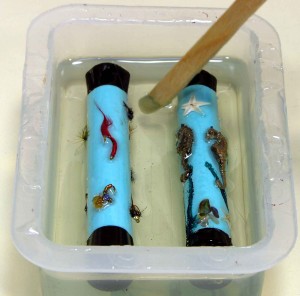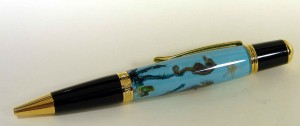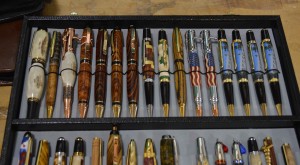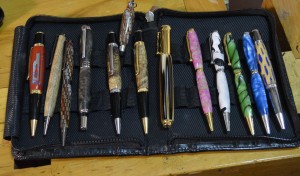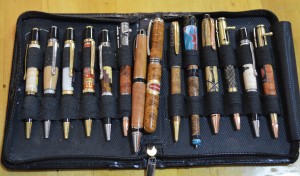 A lot of my customers make money from their pens either full or part time. Sometimes we see a large order come in, and get so excited about it. But please look much closer before you start to fill the order.
A lot of my customers make money from their pens either full or part time. Sometimes we see a large order come in, and get so excited about it. But please look much closer before you start to fill the order.
I have had four of these types of proposals (two from Germany, one each from Finland & Spain) the last few days, so I thought I would pass this along to you as a public service announcement.
The latest scam is for a “buyer” from “overseas” to place a large order by credit card (which is stolen) for your pens or your supplies, and then ask you to use their shipper! This is the red flag! They will tell you to include the shipping in with the order, and usually tell you that his shipper will avoid all the “customs hassles” etc. That is why he uses their shipper, to avoid all the trouble and waiting time for UPS or USPS, and that is why it costs so much more.
The buyer will also tell you that his shipper will only accept Western Union as payment so you will have to go to the Western Union Office and wire the money for the shipping because you already got your money through the credit card (which is stolen). This is a clever scam, because by the time you send the money to Western Union they have already closed the account and cashed the Western Union Check and you are left holding a bad credit card order.
So, the bottom line for me is that I do not accept ANY foreign orders unless they pay with PayPal, and ship with UPS or USPS – No Exceptions!
Do any of you have your own tips for dealing with international orders?











